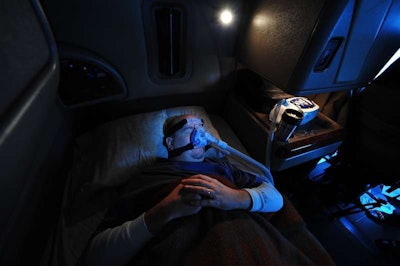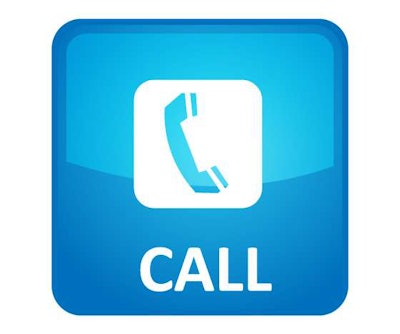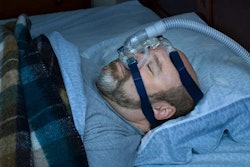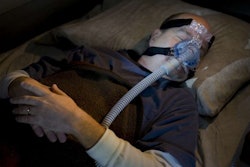 Under the proposal, male truckers 42 and older with a BMI greater than or equal to 33 would need to meet only one of the other criterion to automatically qualify for screening.
Under the proposal, male truckers 42 and older with a BMI greater than or equal to 33 would need to meet only one of the other criterion to automatically qualify for screening.The Medical Review Board of the Federal Motor Carrier Safety Administration outlined this week its official recommendations to the agency on screening and disqualification criteria for truck drivers who are suspected of having moderate to severe obstructive sleep apnea.
The board’s preliminary recommendations, which have not yet been approved by the board, encourage FMCSA to require a trucker to be screened for sleep apnea if he or she:
(1) has a body mass index greater than or equal to 40, or
(2) has a body mass index greater than or equal to 33 and meets at least three of the following criteria:
**Is 42 or older
**Is male
**Is a postmenopausal female
**Has diabetes
**Has high blood pressure
**Has a neck size greater than 17 inches (males) or 15.5 inches (females)
**Has a history of heart disease
**Snores loudly
**Has had witnessed apneas
**Has a small airway to the lungs
**Has untreated hypothyroidism
**Has micrognathia (undersized jaw) or retrognathia (clinical terminology for a kind of overbite)
Male truck operators 42 and older and who have a BMI of 33 or greater would need to meet only one of the other criterion to automatically qualify for screening.
The board also would recommend that FMCSA allow truckers with a sleep apnea diagnosis to continue to operate if they’re being “treated effectively,” which is defined as “the resolution of moderate to severe OSA to mild or better, as determined by a certified sleep specialist,” according to the board’s preliminary discussion report.
Another board meeting will be needed to finalize and approve the recommendations. No meeting date is yet set. FMCSA is not required to adopt board suggestions, but it is likely lean on them when developing a sleep apnea rule, if it chooses.
The board based its recommendations in part on public meetings held this year, in which board members heard testimony from truckers and industry advocacy groups, along with expert testimony from doctors. The board also relied on formal public comments made on its “pre-rule” questionnaire to the industry about apnea’s prevalence, screening and treatment, costs and more.
The meetings and the formal questionnaire were not only initiated to determine what a sleep apnea rule may look like, but to determine if a rule was needed at all. Some commenters in the meetings and in the pre-rule comments nipped the agency for not seeking data on sleep apnea’s correlation to crashes.
There are also industry-wide concerns about the costs associated with a sleep apnea rule, particular to truckers, as screening and treatment can expensive, even for those who are insured.
Among other preliminary recommendations outlined by the board this week is a provision to limit truckers who’ve received a sleep apnea diagnosis to a yearly medical certification, even if the diagnosis was for mild apnea.
This means truckers with any type of apnea diagnosis would need to be recertified at least annually, if not more often, rather than the standard every-other-year certification. The annual certification is already common for CDL holders treated for sleep apnea.
The board also spelled out screening and treatment requirements and a conditional certification measure. Medical examiners under the board’s recommendations would be able to issue 90-day conditional medical certifications to truckers who’ve been referred for sleep screening based on the aforementioned factors (BMI, etc.). Such truck operators would be required to be tested and, if found to have apnea, begin treatment within the allotted 90 days.
 Would these preliminary screening criteria force you into apnea testing? If you’re reading on a smartphone, tap the image to call and leave us a message to weigh in. We’ll round up responses in a special mailbag podcast. Alternately, drop a comment below. If you’re on a desktop, call 530-408-6423. Make sure to tell us your name and state of residence.
Would these preliminary screening criteria force you into apnea testing? If you’re reading on a smartphone, tap the image to call and leave us a message to weigh in. We’ll round up responses in a special mailbag podcast. Alternately, drop a comment below. If you’re on a desktop, call 530-408-6423. Make sure to tell us your name and state of residence.A full year’s certification could be issued afterward.
Discussed treatment options in the board’s preliminary report include (1) use of PAP machine or other oral appliance, (2) bariatric surgery, (3) oropharyngeal surgery or facial bone surgery and (4) tracheostomy.











